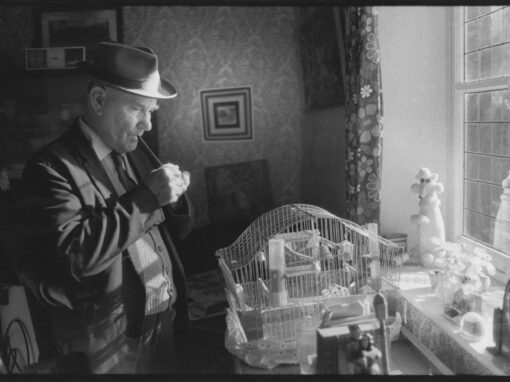Remember Mike Oldfield?
Tubular Bells?
The year was 1973.
The music was beautiful, rhythmic, probing, and creepy as hell.
It became the theme music for The Exorcist.
Get that song in your head and hold it there.
I want to tell you about a book.
Emily Shur – “Sunshine Terrace”
Published by Deadbeat Club, 2025
Review by W. Scott Olsen

Sunshine Terrace by Emily Shur is a new release from the Deadbeat Club, and you now have all the information any other viewer has about the setting of this book. It never says where the real Sunshine Terrace may be, although the palm trees in some images imply southern California. The cover, a pleasing green hardback with an attractive gold typeface, is inviting. And what seems at first like an interesting graphic design is, you quickly realize, actually a rip in a chain link fence.
Beautiful, repetitious, torn.
When you open the book, the very first image is of a rear-view mirror ornament in a car, photographed from outside. A skull in a red hoodie, grinning. Turn one page past the interior title, and there are two red reflectors on a steel doorway gate, looking very much like glowing eyes. To the left of them, a sign reads, “Warning. Moving gait can cause serious injury or death.”

To be clear, Sunshine Terrace does not become a horror book. Not even close. The images are brilliantly and beautifully composed with color and line and light. There’s just this suggestion the world is a bit akilter.
I deeply enjoy books like this. They are a bit like David Lynch’s Twin Peaks. Ostensibly a photo documentary of the street where Emily Shur lives, at the surface level the images are often pleasant and attractive. But dig just a little bit, and you begin to wonder.
And after you begin to wonder, perhaps you begin to worry.


The beautiful green plants also house a spider’s web. There is a sign, face down, fallen from another chain link fence, its message cloaked. There’s an attractive arrangement of stones surrounded by what you think might be pebbles. But then realize the pebbles are shattered automotive glass. There’s duct tape over a broken car window, two fake skeletons and a cross swept up into the corner near a doorway. There is a hairy cactus, a giant bush trimmed into the shape of a heart.
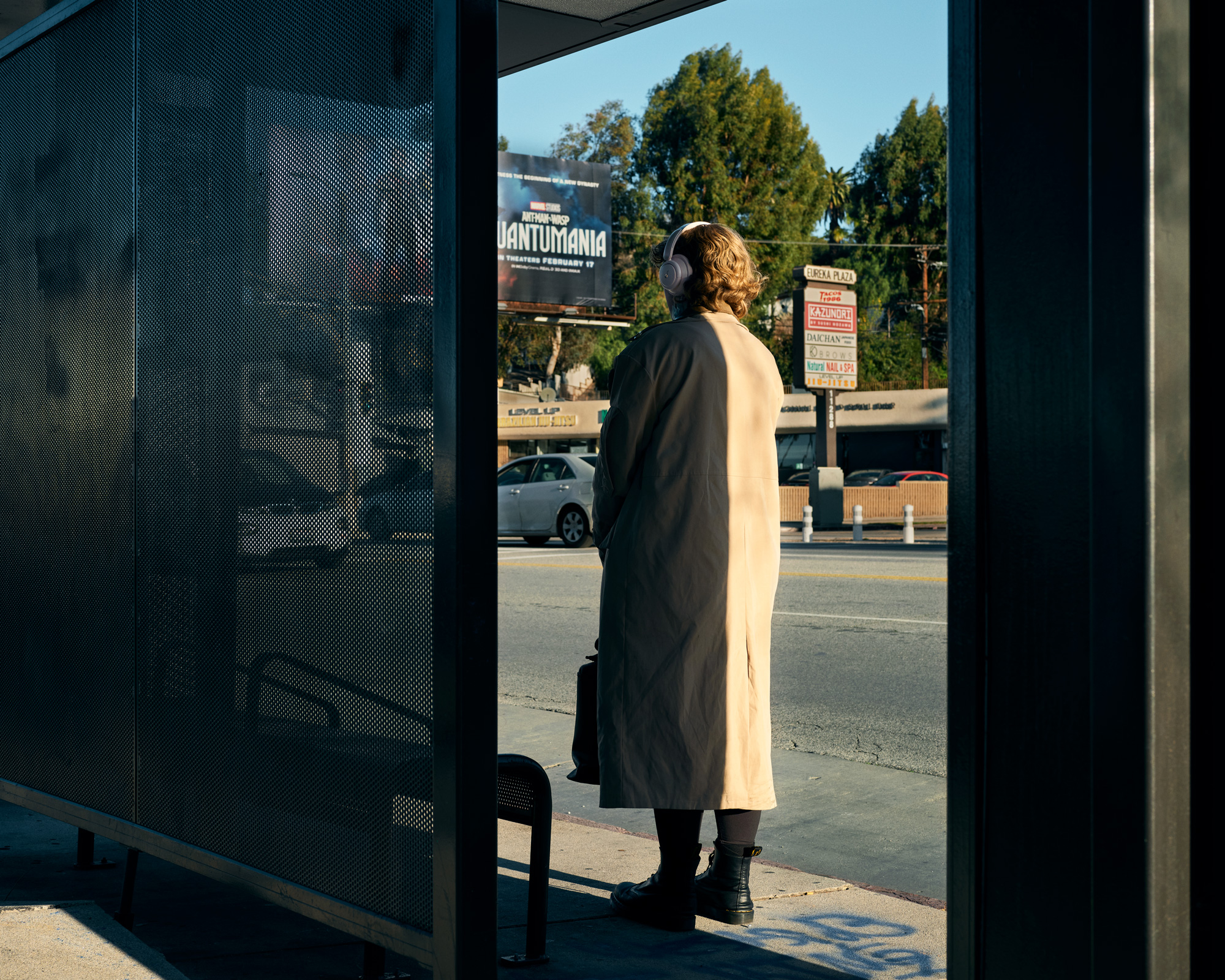
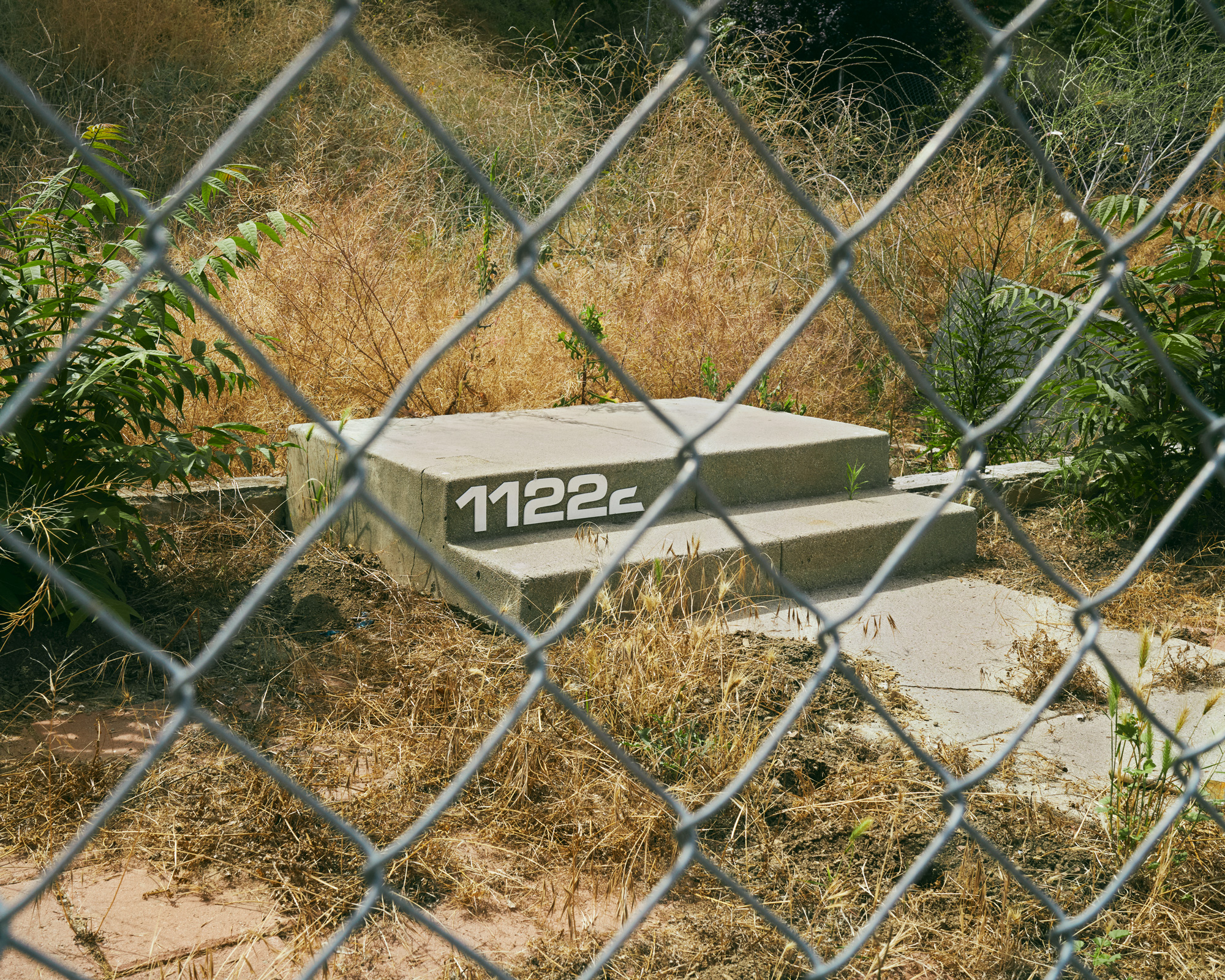
The appeal of this book is that every image has so many layers of engagement. There is the first blush surface level, there are the colors and shapes, and then there are the stories each image implies.
Hold onto that notion of implication. There is no evidence in any of the images of what the narrative may actually be, and so that implication is entirely a projection on the part of the viewer. A small tree seems to wrap its limbs around a light pole, as if in embrace. A board holds up the trunk of a tree, an ironic bit of support. A purple wreath hangs on the white garage door of a purple home. Two birds sit on a wire in one picture, and then again in another.
Other than a very brief bit of text at the end, there is no explanation at all. No context. No artist statement or process story. There are only the images. What do you make of this?
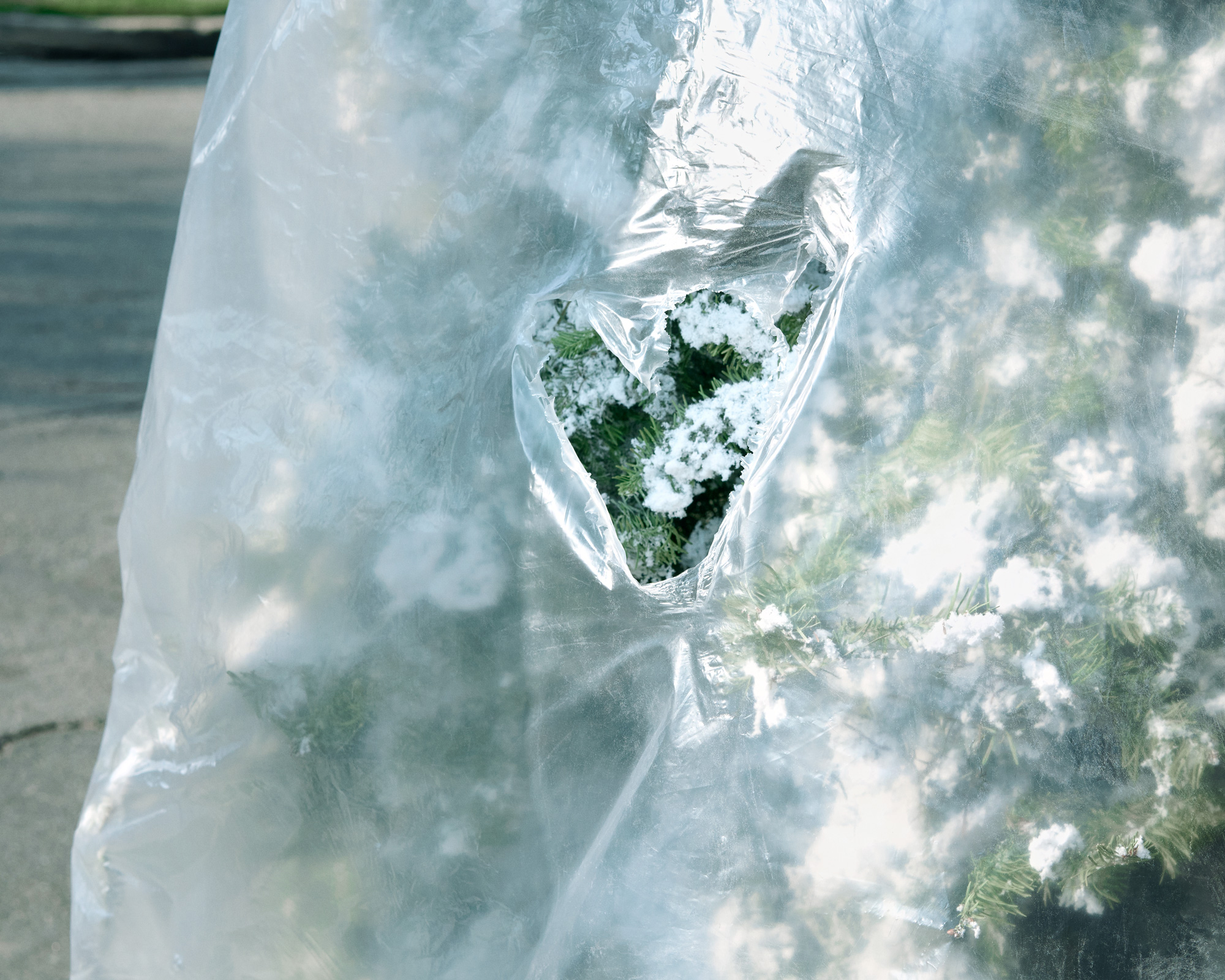

Still, at the end of the book, Shur does write:
I really liked the idea of living on Sunshine Terrace. The name alone shimmered with promise, evoking images of blooming flowers, chirping birds and palm trees lazily swaying in a warm breeze. But as with all places marked by the passage of time, the reality of Sunshine Terrace is a jumbled mix–flawed, often messy. Yes, there are cheerful flowers, singing birds, and gentle palm trees. But there’s also decay, neglect, and corrosion, overlapping like the layers of mismatched paint on an old wall, each haphazardly applied coat a failed attempt to cover the past and instead creating new, more prominent shapes. New questions surface, likely to remain unanswered.
Sunshine Terrace is a remarkable book. Each of the images, all of them in color, is evocative. They make you wonder without any promise of a resolution, and that is the real joy here. Looking at Sunshine Terrace, I begin to wonder about the street where I live.
Think Tubular Bells. It gets in your head and refuses to leave. Simple. Beautiful. And, well…
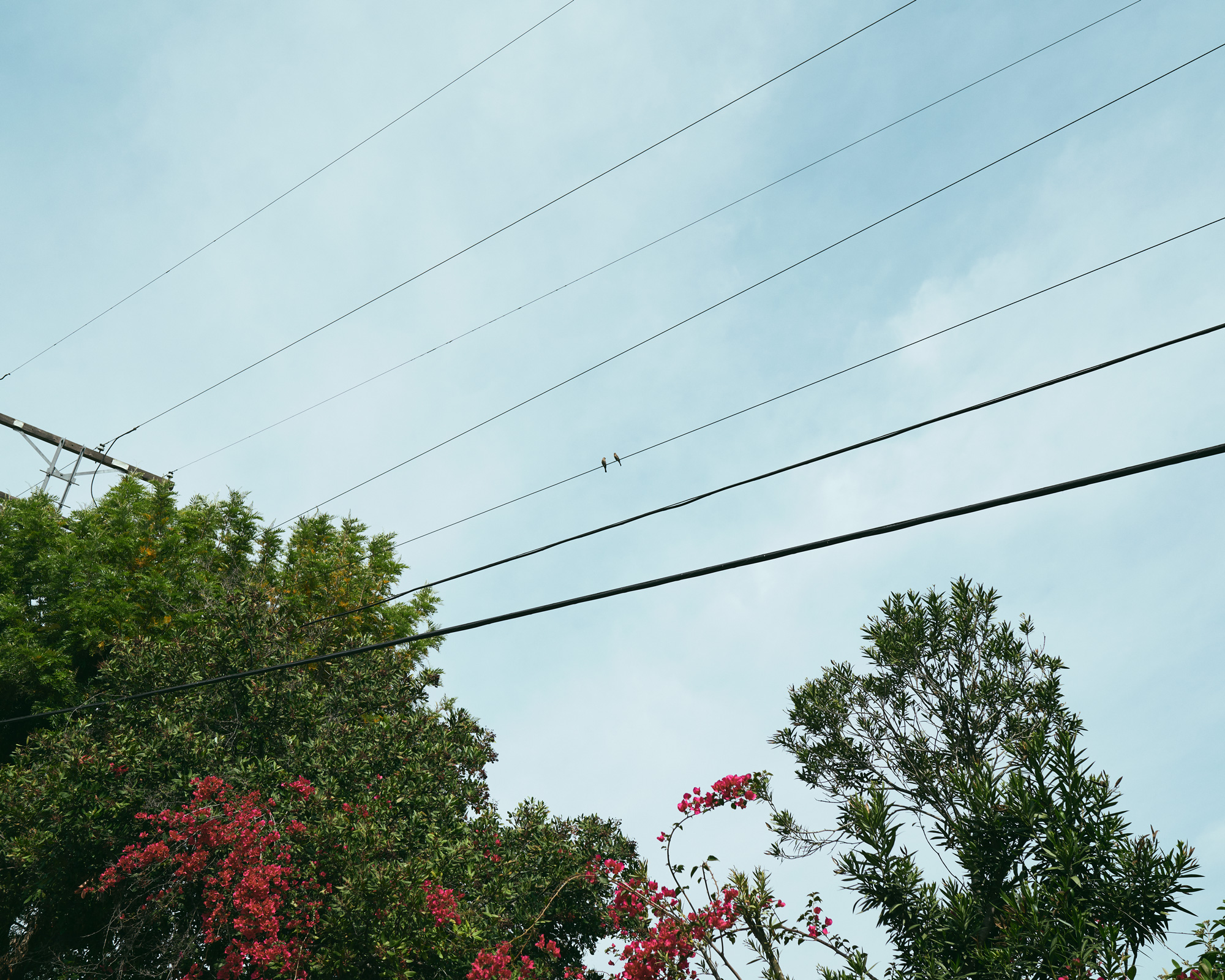
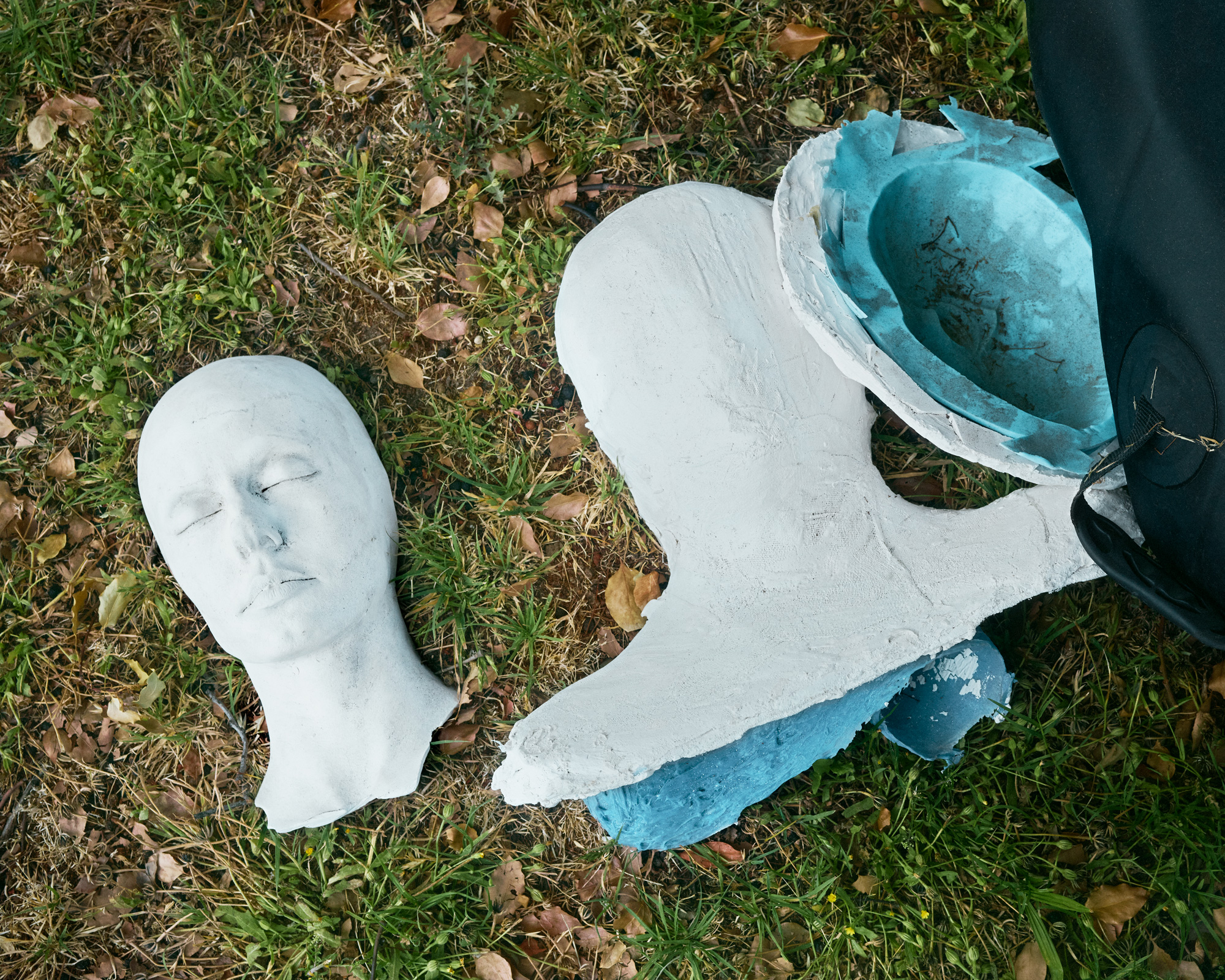
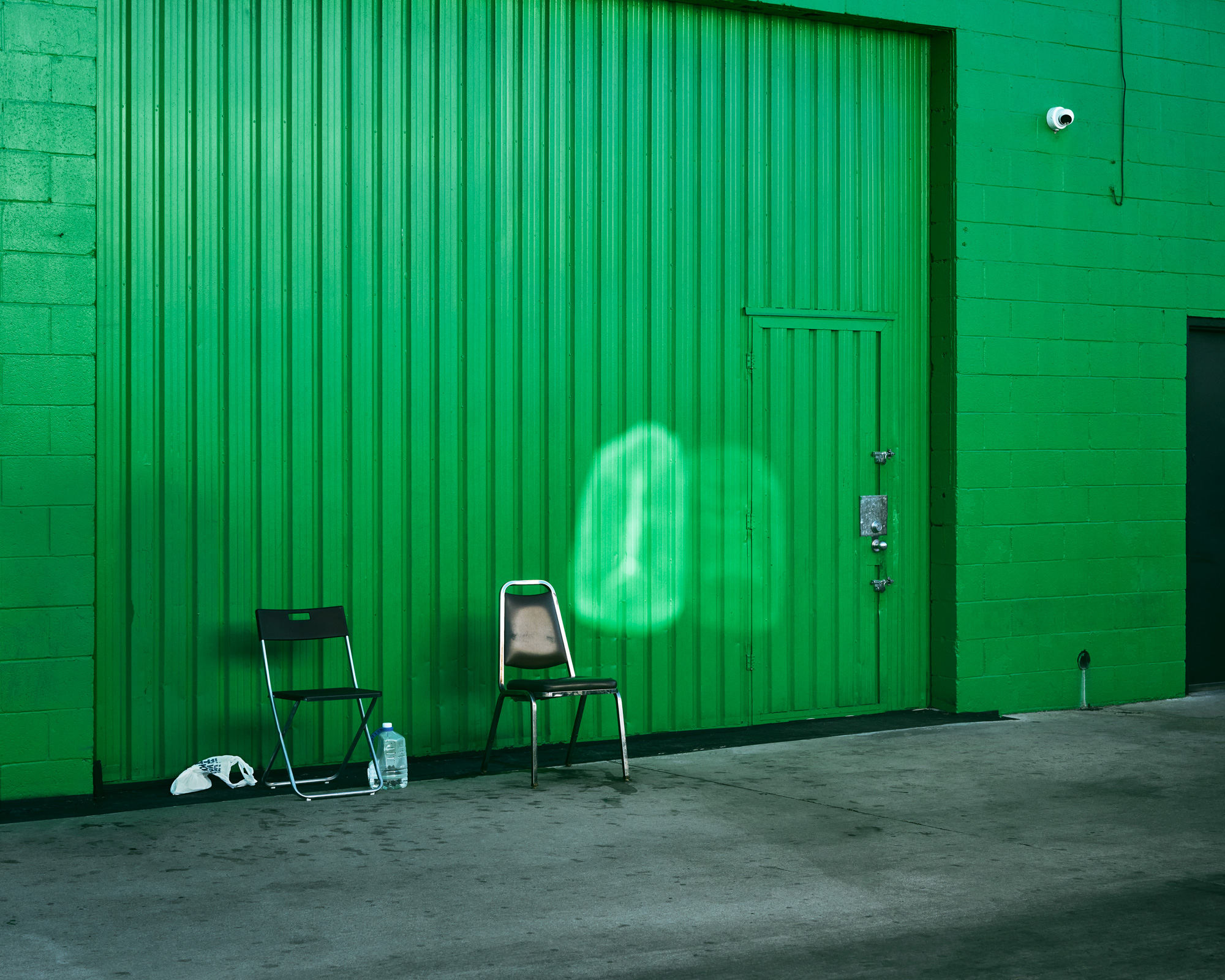
A note from FRAMES: Please let us know if you have an upcoming or recently published photography book.




